Don’t Toss That Banana Peel! Here’s How to Actually Use It For Your Skin
I’ve spent the better part of my career elbow-deep in botanical extracts, helping brands turn natural ingredients into skincare that actually works. And in that world, you quickly learn that one person’s trash is another’s treasure. Coffee grounds become amazing exfoliants, citrus rinds transform into vibrant infused oils, and yes, banana peels become a hot topic.
In this article
- So, What’s Actually in a Banana Peel?
- Getting Started: Sourcing and Prep Like a Pro
- Putting It to Use: Practical Ways to Soothe and Hydrate
- What About Puffy Under-Eyes and Dark Circles?
- Let’s Talk About… Teeth Whitening and Warts
- Want to Get Fancy? Make a Banana Peel Infused Oil
- Final Words of Wisdom: Safety First!
I’ll be honest, the internet is a wild place for banana peel claims. Some are legit, while others are just… wishful thinking. A long time ago, a seasoned botanist I knew laughed when he saw me toss a peel. He told me that where he grew up, they’d rub the fresh white part on insect bites to calm them down. That little comment sent me down a rabbit hole. I wanted to know what was really in there and if it could genuinely benefit the skin. So, this is a breakdown of the real science, the methods that work, and the safety rules you absolutely can’t ignore.
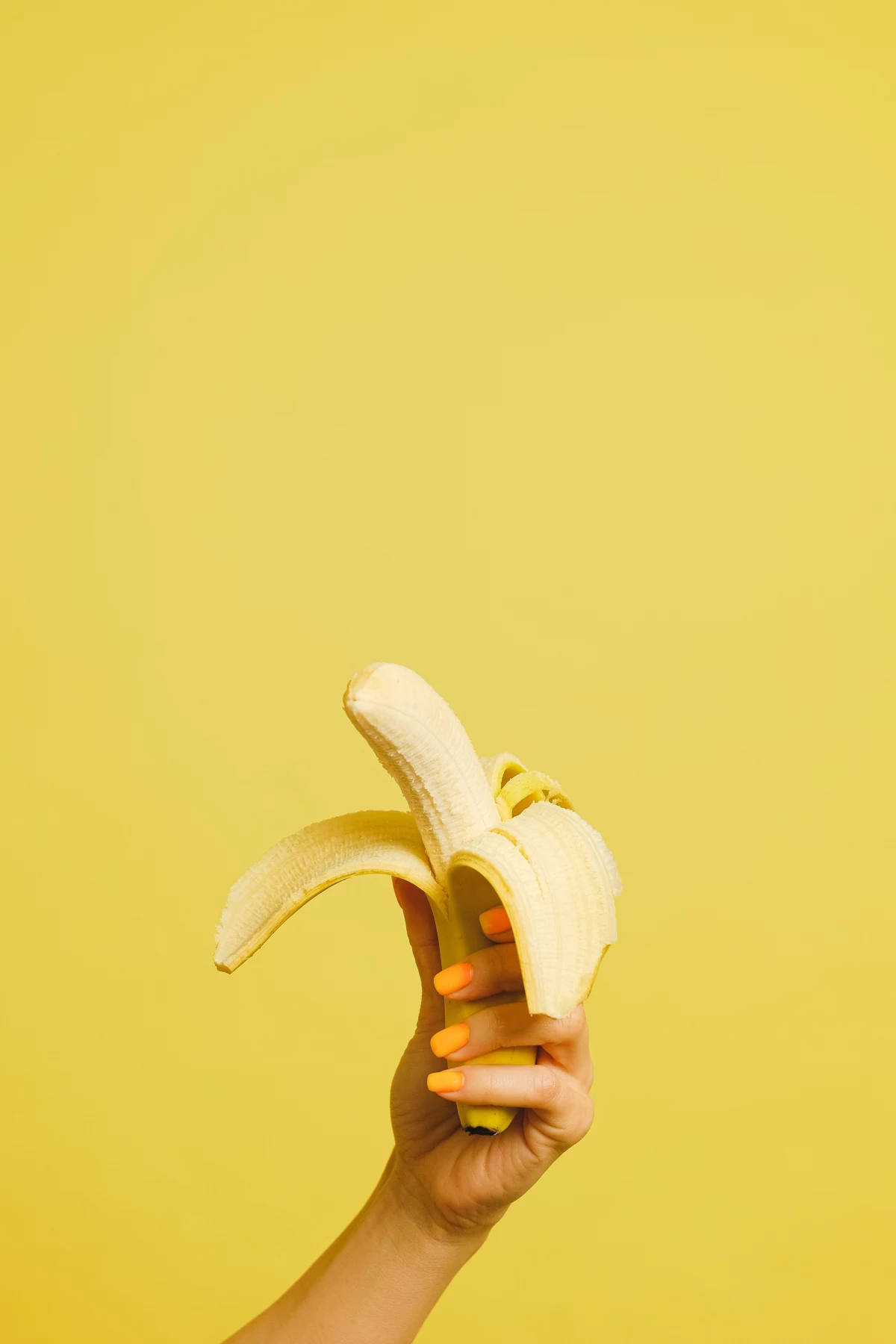
So, What’s Actually in a Banana Peel?
Before you even think about putting food on your face, it helps to know what you’re working with. A banana peel is more than just a wrapper; it’s a powerhouse of interesting compounds, especially that soft, white inner layer known as the pith.
From a skincare perspective, here’s what’s getting people excited:
- Lutein: This is a rockstar antioxidant. In skincare, antioxidants are your best friends for defending against environmental stress—think UV rays and pollution. Lutein is especially good at helping filter blue light, which is pretty relevant since we’re all glued to screens. While it’s no substitute for sunscreen, it’s a nice little boost for your skin’s defenses.
- Potassium: Your skin cells need potassium to stay hydrated and balanced. When your skin is thirsty, it can look dull and fine lines pop out more. A little topical potassium can help your skin barrier lock in moisture, which is why people notice a temporary “plumping” effect.
- Polyphenols & Carotenoids: These are fancy terms for plant compounds that are fantastic at calming inflammation. One of them, leucocyanidin, is the real MVP behind the folk remedy for bug bites. It helps soothe the irritation that causes all that redness and itching.
- Natural Enzymes: As a banana ripens, the peel gets thinner and the natural enzymes inside kick into high gear. These enzymes can offer a super mild exfoliating effect, gently lifting away dead skin cells without the scratchiness of a physical scrub. It’s a much more delicate process than using a strong fruit acid peel.
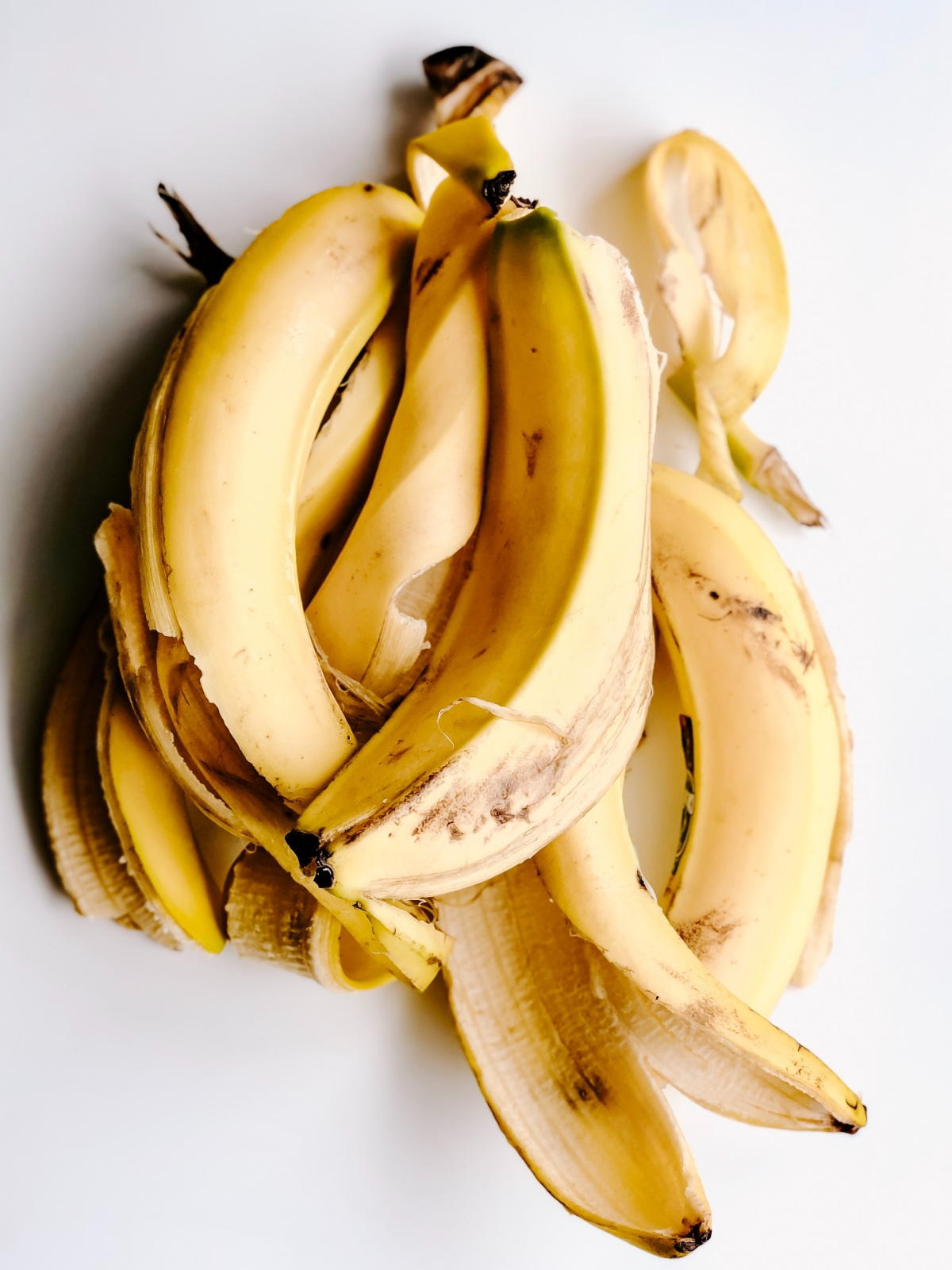
Getting Started: Sourcing and Prep Like a Pro
Hold on! Don’t just grab that peel out of the trash. Where your banana comes from and how you prep it makes all the difference. In my work, ingredient sourcing is everything, and the same rules apply here.
Organic Is Not Optional
I can’t stress this enough: you have to use peels from certified organic bananas. Conventional bananas are sprayed with a ton of pesticides and fungicides that collect right on the peel. The absolute last thing you want is to mash up a chemical cocktail and slather it on your face. That’s a one-way ticket to irritation or an allergic reaction. Seriously, don’t risk it. Go organic.
Pick Your Peel: Ripeness Matters
The stage of the banana actually changes the peel’s properties. It’s pretty cool. Here’s a quick rundown of what to look for:
If your peel is still a bit greenish-yellow, it’s higher in tannins. Tannins are astringent, meaning they can give your skin a temporary tightening feeling. This might be nice if you have oily skin, but it could be a little drying for others.
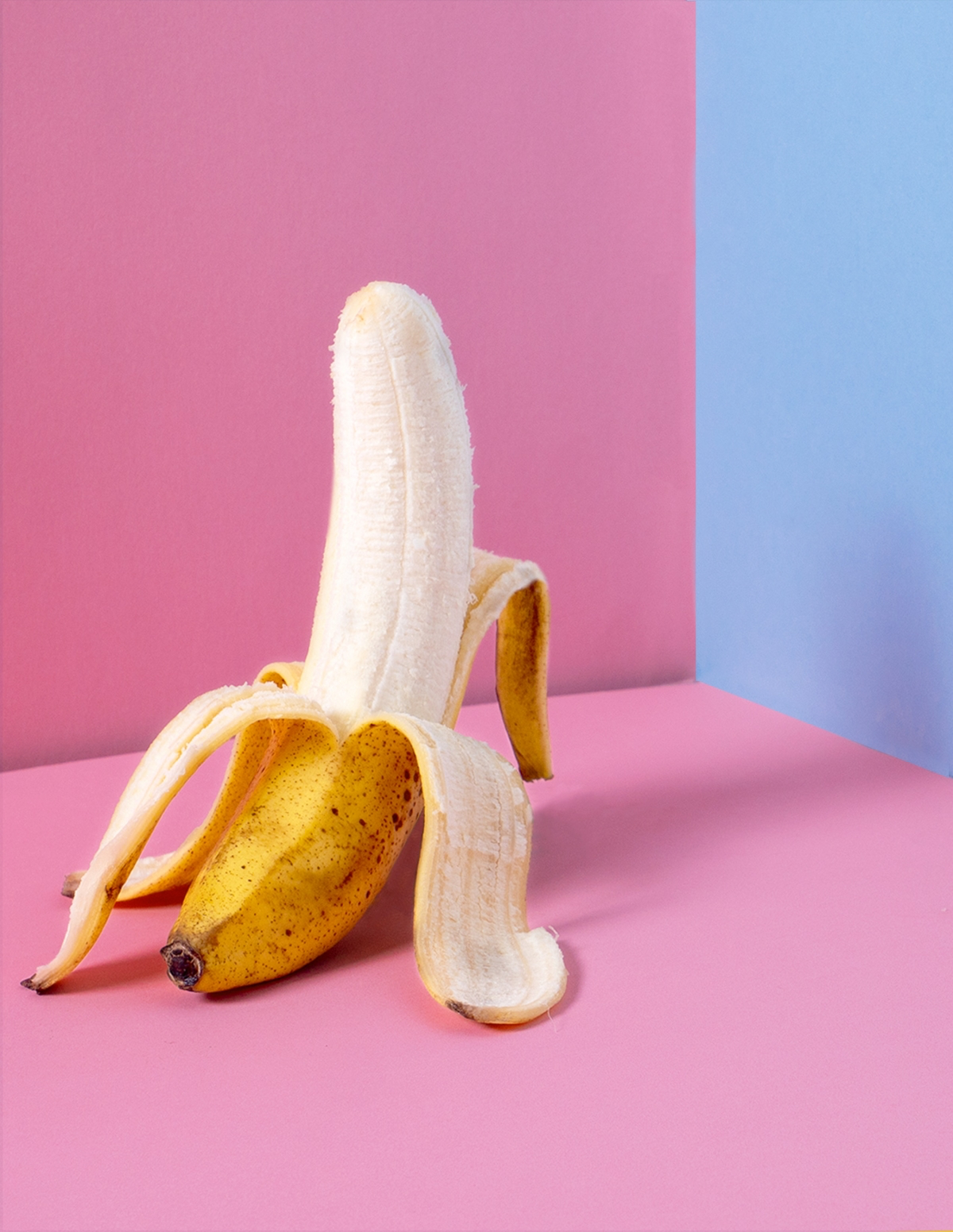
A perfectly yellow peel is a great all-rounder. It has a nice, balanced profile of all the good stuff, and the pith is thick and easy to scrape out.
My personal favorite? The peel that’s yellow with brown spots. Those spots are a sign that the antioxidant levels have peaked and the enzymes are at their most active. The peel will be thinner, but the pith is super potent. This is the good stuff.
How to Prep It Right
First, wash the whole organic banana under cool water to get rid of any dust or surface germs. Pat it dry. Then, peel it and use a clean spoon to gently scrape the white pith away from the yellow outer skin. You’ll be surprised—you can get a good tablespoon or two of pulp from one peel, which is perfect for a single face mask.
Heads up: Always use this pulp fresh. It oxidizes (turns brown and loses its power) really fast, just like a sliced apple. You can’t save leftovers for later, so think of it as a “use it or lose it” situation. Toss the yellow part in your compost bin.
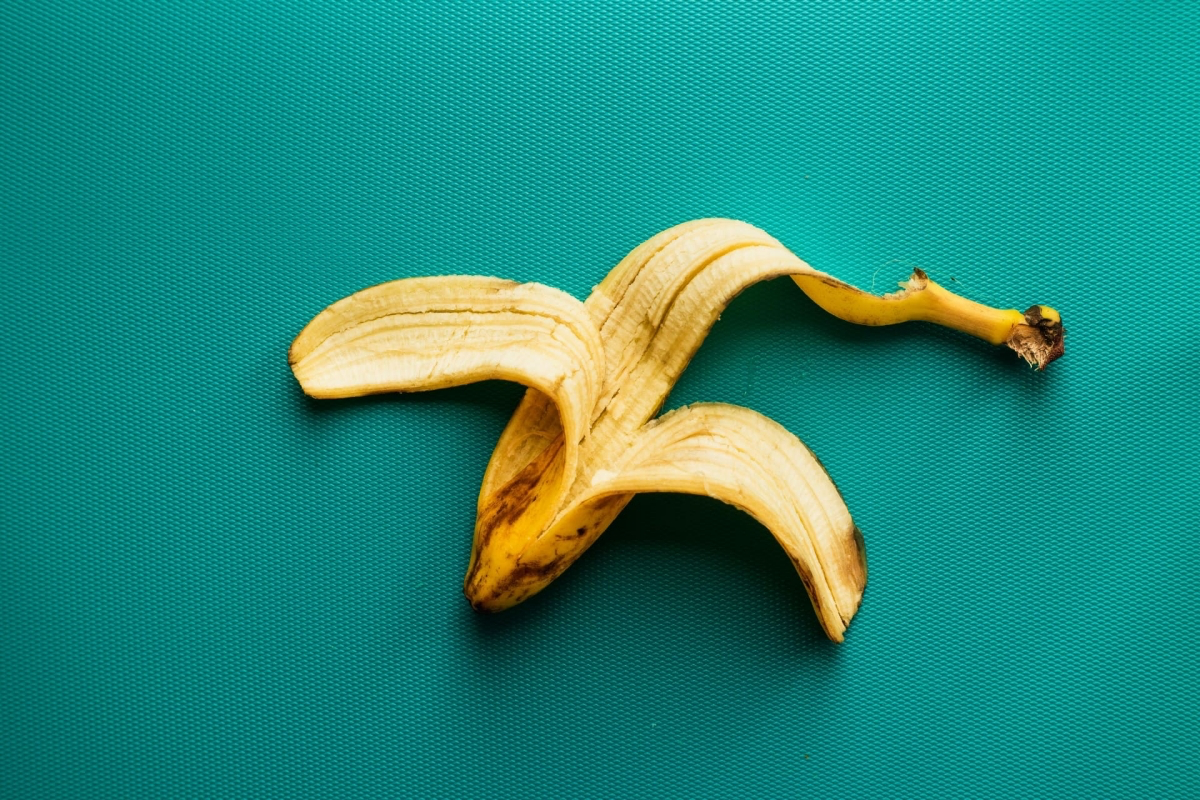
Putting It to Use: Practical Ways to Soothe and Hydrate
Okay, let’s get to the fun part. These are a few reliable methods I’ve tested myself. Just remember to keep your expectations realistic—these are gentle, supportive treatments, not miracle cures.
Method 1: The Quick Soothing Poultice
This is the most direct method and perfect for calming small, angry spots of irritation, like a fresh mosquito bite or a red patch that feels stressed. I wouldn’t call it an “acne treatment,” because acne is a complex medical issue. But it can help reduce the visible inflammation of a new pimple, making it look less furious.
Try This Now: Got a pesky bug bite that’s driving you crazy? Grab a small piece of fresh, organic peel and place it pith-side down on the bite. Hold it there for 10-15 minutes. See? Almost instant relief from the itch!
For other spots, just place a small piece of peel on the clean, dry area. After 15 minutes, remove it and let the residue air dry for a minute before rinsing with cool water. One word of caution: never use this on broken skin, as you could introduce bacteria.
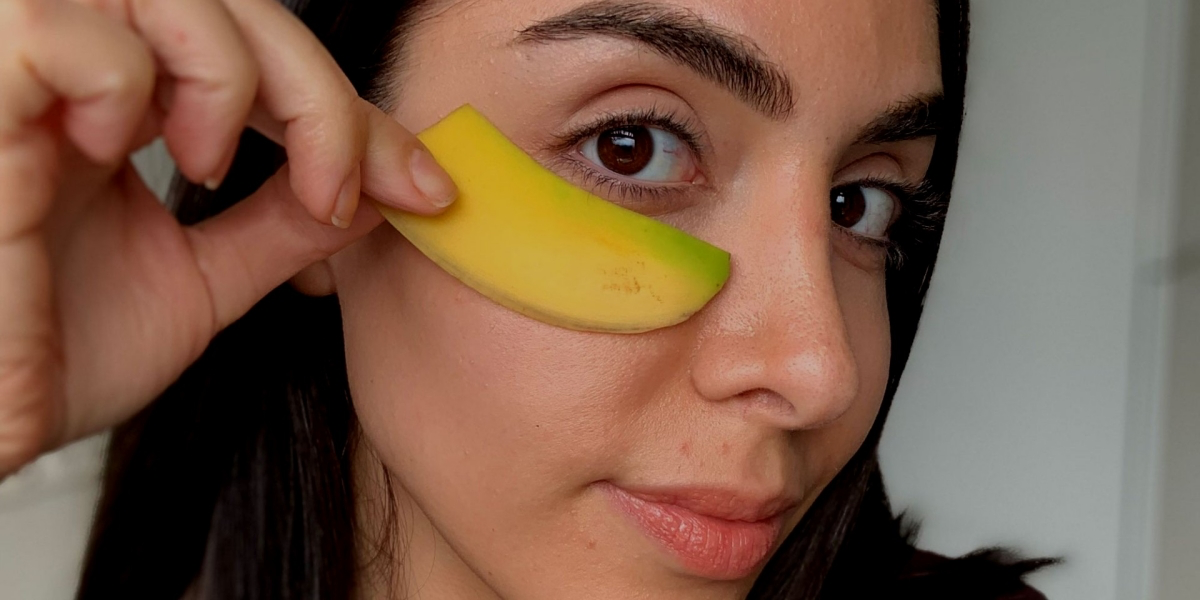
Method 2: A Seriously Hydrating DIY Face Mask
This is where the magic really happens. By blending the banana pith with a couple of other key ingredients, you can create a fantastic hydrating mask. It’s a recipe I’ve tweaked over the years, and it’s wonderful for sensitive or dehydrated skin.
You’ll Need:
- The scraped pith of one organic, ripe banana peel
- 1 tbsp of colloidal oatmeal (You can find this at drugstores or online. It’s not your breakfast cereal; it’s a super-fine powder known for soothing skin.)
- 1 tsp of raw, unpasteurized honey (Manuka is amazing, but any raw honey works. It’s a natural humectant that pulls moisture into the skin.)
- A few drops of distilled water or pure rosewater
Let’s Make It:
- In a small bowl, mash the banana pith, colloidal oatmeal, and honey together with a fork.
- The texture should be a thick, smooth paste. If it’s too thick, add water or rosewater ONE drop at a time until it’s spreadable but not runny. (Trust me on this. The first time I made this, I added too much water and had a drippy mess all down my neck!)
- Apply the mask to a clean, dry face, avoiding your immediate eye area.
- Kick back and relax for 15-20 minutes.
- To remove, wet a soft washcloth with lukewarm water and gently wipe it all away. Your skin should feel soft, plump, and happy.
By the way, let’s talk cost. An organic banana is about a dollar. A bag of colloidal oatmeal might be $10, and a jar of raw honey around $12, but both will last you for dozens of masks. It’s way more affordable than most single-use sheet masks from the store.
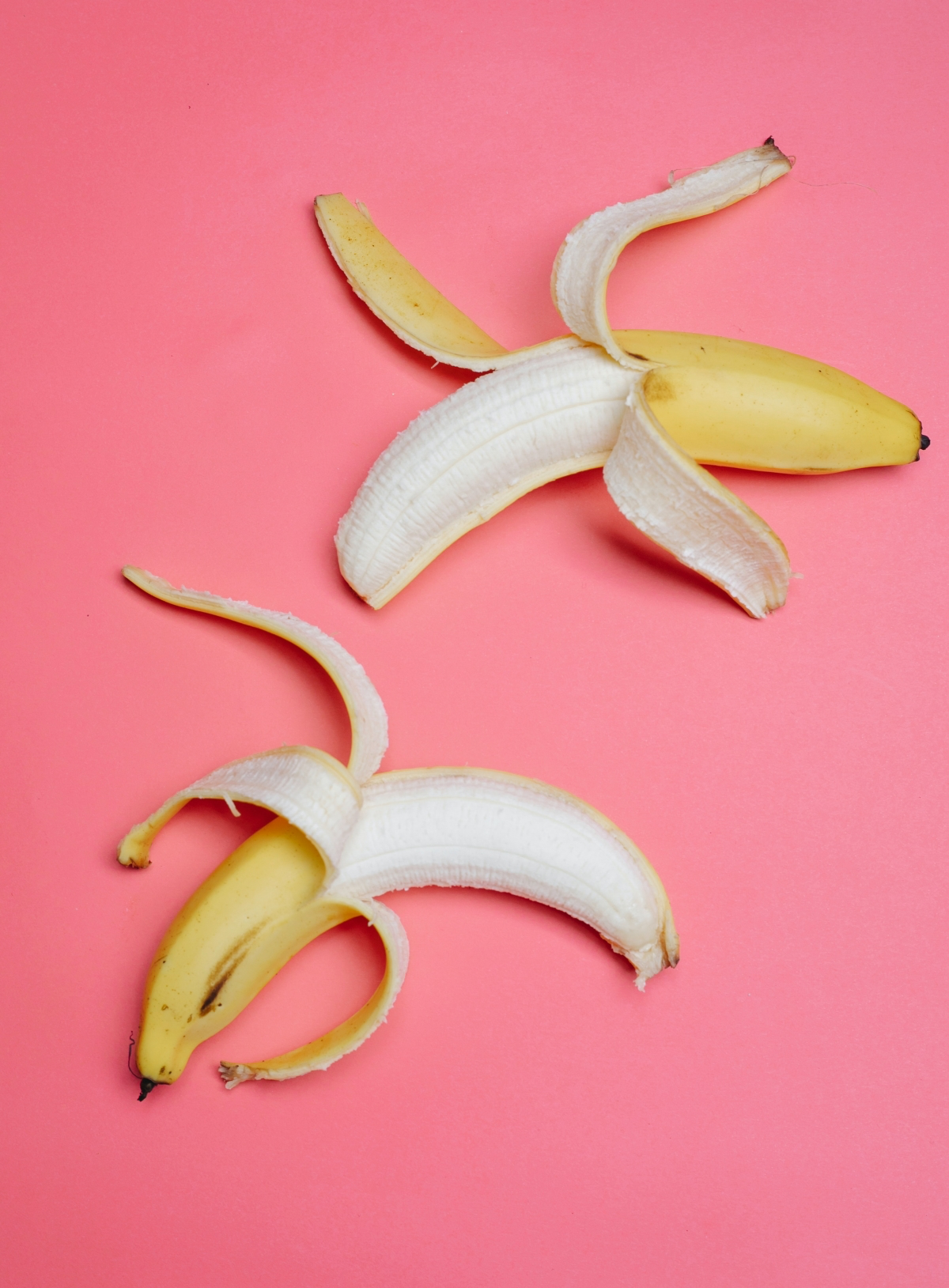
What About Puffy Under-Eyes and Dark Circles?
Let’s be real: the claim that banana peels can cure dark circles is a stretch. Most dark circles are caused by things like genetics and the simple fact that the skin under our eyes is super thin. No topical treatment can change that.
However, banana peels can offer a temporary fix for puffiness and mild discoloration caused by a late night or fluid retention. The potassium helps with fluid balance, and the cold temperature constricts blood vessels, making things look less puffy for a little while.
The Chilled Peel Technique:
- Cut two crescent-shaped pieces from a fresh, organic peel.
- Pop them in the refrigerator for 15 minutes to get them nice and cold. (Quick tip: In a rush? Five minutes in the freezer works just as well!)
- Lie down and place the chilled peels pith-side down under your eyes.
- Relax for 15-20 minutes.
I do this myself after a long flight, and the effect is definitely noticeable. It makes me look more awake for a few hours. It’s a great little trick before an event.
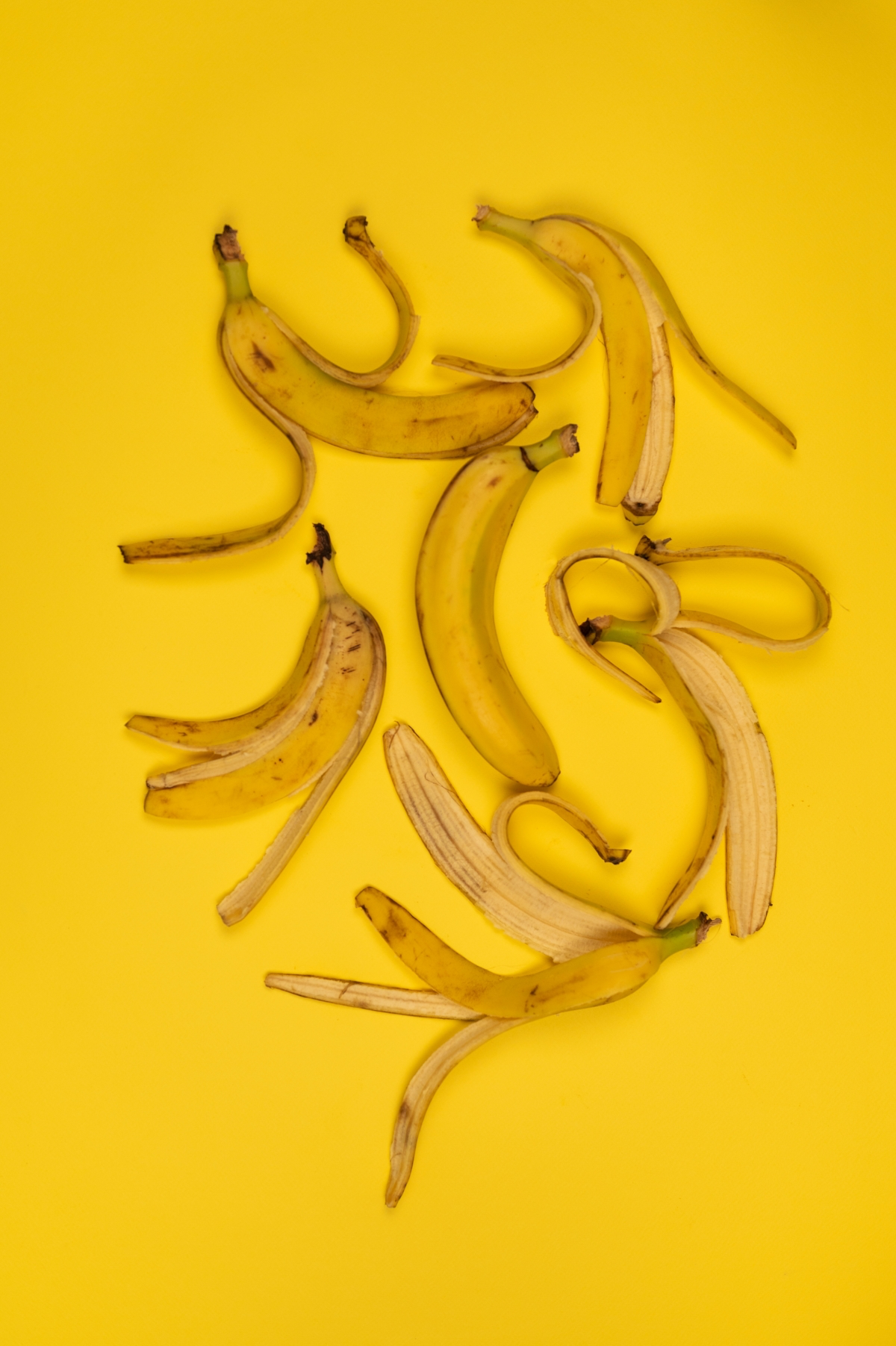
Let’s Talk About… Teeth Whitening and Warts
Okay, time for a reality check on two of the most popular (and questionable) claims.
The Teeth Whitening Myth
This one is everywhere, but honestly, it’s not backed by any real science. The theory that minerals in the peel get absorbed by your teeth to whiten them is just not true. What’s likely happening is that the fibrous pith is very, very mildly abrasive, which might scrub off some fresh surface stains from coffee or tea. You’d get a better effect from eating a crunchy apple.
My verdict? Skip it. True whitening requires a bleaching agent to change the tooth’s intrinsic color. Rubbing a peel on your teeth won’t do that, and you could risk damaging your enamel over time. It’s just not worth it.
The Wart Folk Remedy
This application is pure folk medicine. The idea is that either the peel’s enzymes help break down the wart or that taping it on suffocates the virus (similar to the famous duct tape method). While some people swear by it, you need to be extremely careful.
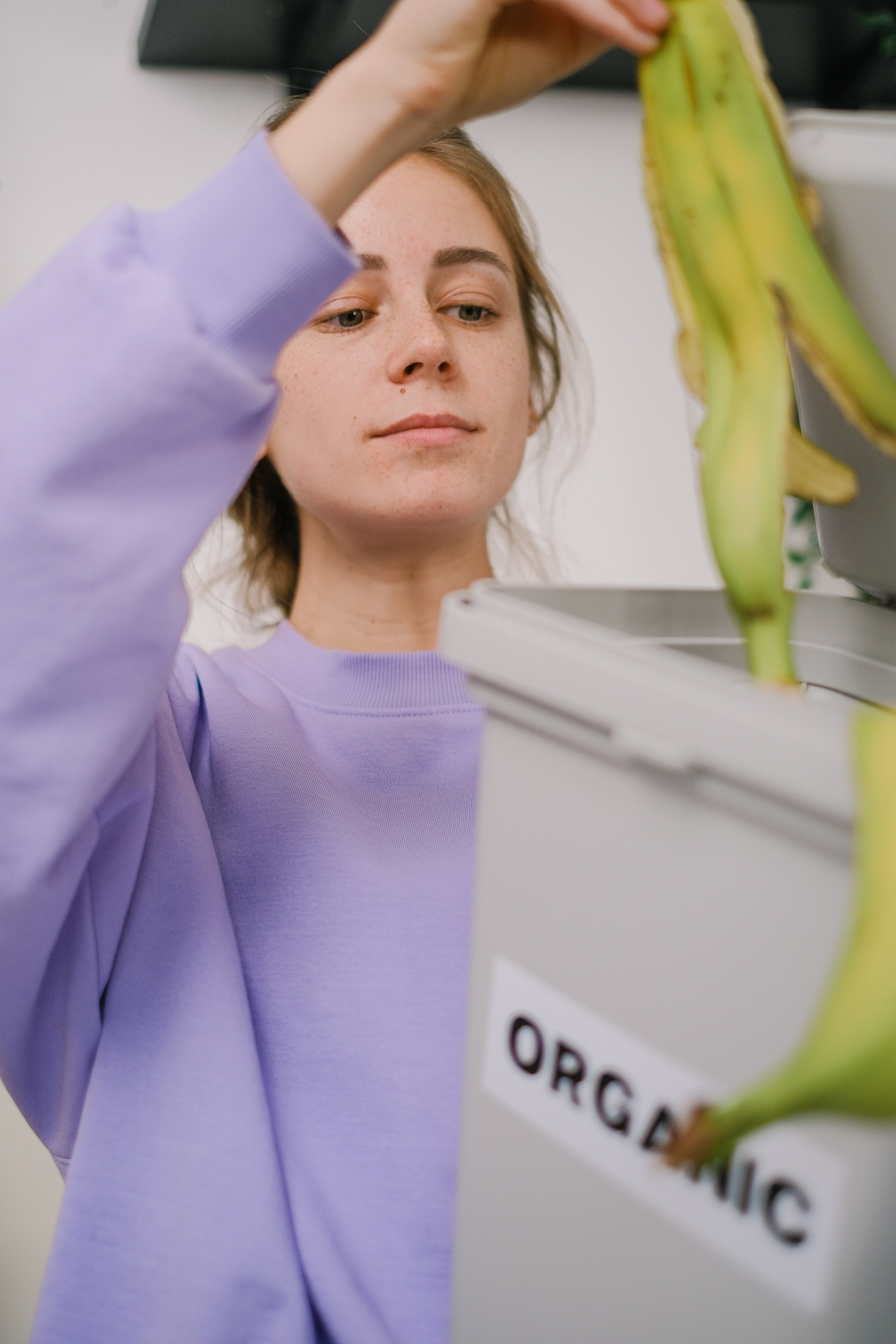
Crucial Safety Warning: Please, please, please see a doctor or dermatologist before trying to treat any skin growth yourself. You need a professional to confirm it’s just a common wart and not something more serious. Professional treatments are faster, safer, and much more effective.
Want to Get Fancy? Make a Banana Peel Infused Oil
If you’re serious about your DIY skincare, you can create an infused oil to capture the peel’s benefits in a more stable form. This oil is lovely for the body or as a base for homemade salves.
You’ll need the peels of 2-3 organic bananas and about a cup of a stable carrier oil like jojoba or fractionated coconut oil. The key is to fully dehydrate the peels first (in a low oven or a dehydrator) to prevent spoilage. Then you just crush the dried peels, add them to your oil in a slow cooker or a double boiler—(that’s just a fancy term for a heatproof bowl set over a pot of simmering water, don’t let the name scare you!)—and warm it gently on low for a few hours. Strain it well, and you’ve got a beautiful, nourishing oil that will last for months.
Final Words of Wisdom: Safety First!
Just because something is natural doesn’t mean it’s safe for everyone.
First, if you have a latex allergy, do not use banana peels on your skin. It’s a known cross-reaction called latex-fruit syndrome.
Second, and this is the golden rule of skincare: always do a patch test. Before slathering a new mask on your face, apply a small amount to your inner wrist, wait 24 hours, and check for any redness or irritation. No reaction? You’re good to go.
And finally, know when to see a pro. For serious issues like severe acne, eczema, or any changing moles, please consult a board-certified dermatologist. Think of the banana peel as a gentle, hydrating bonus in your skincare routine—not a replacement for professional medical advice.










